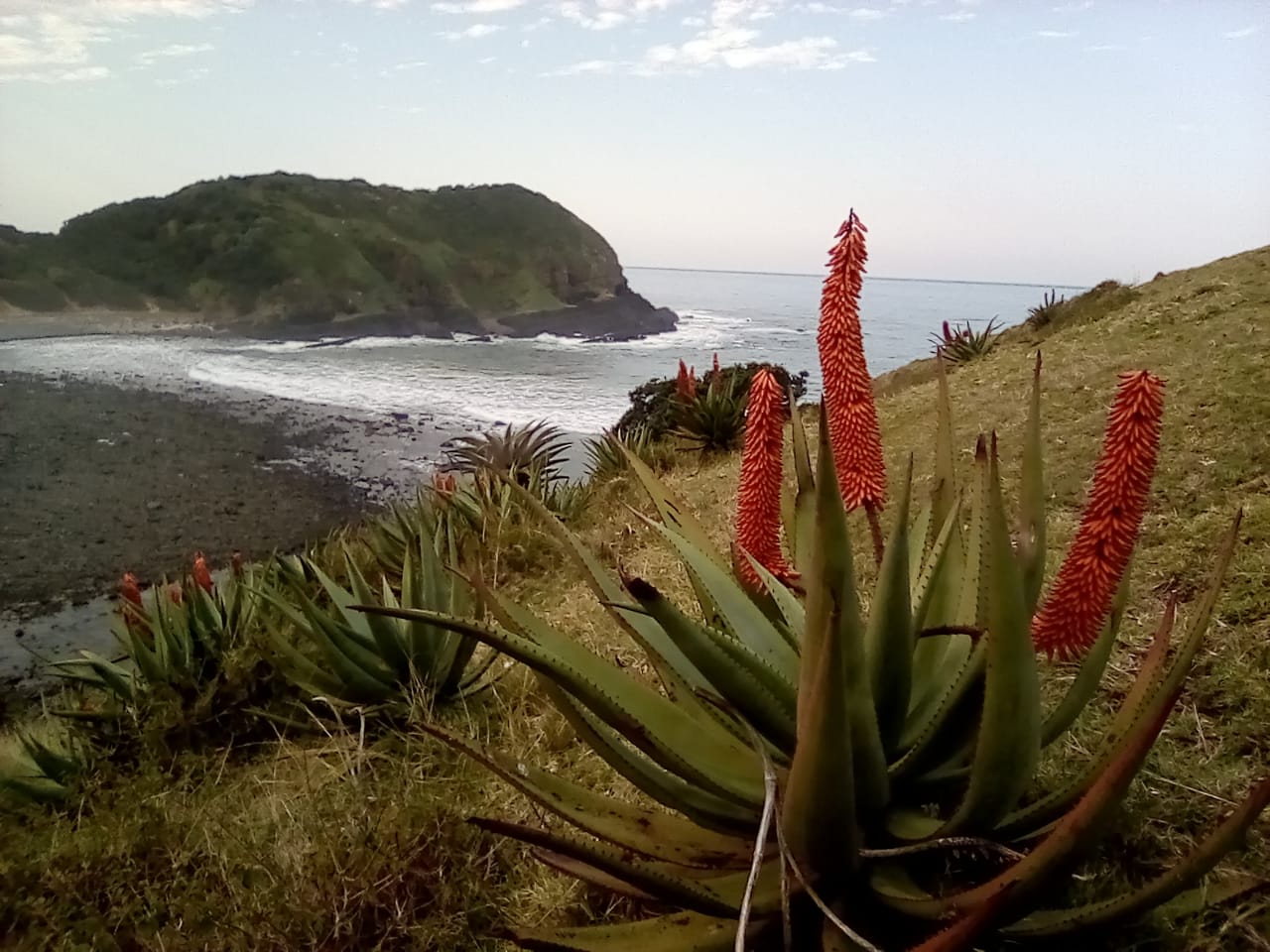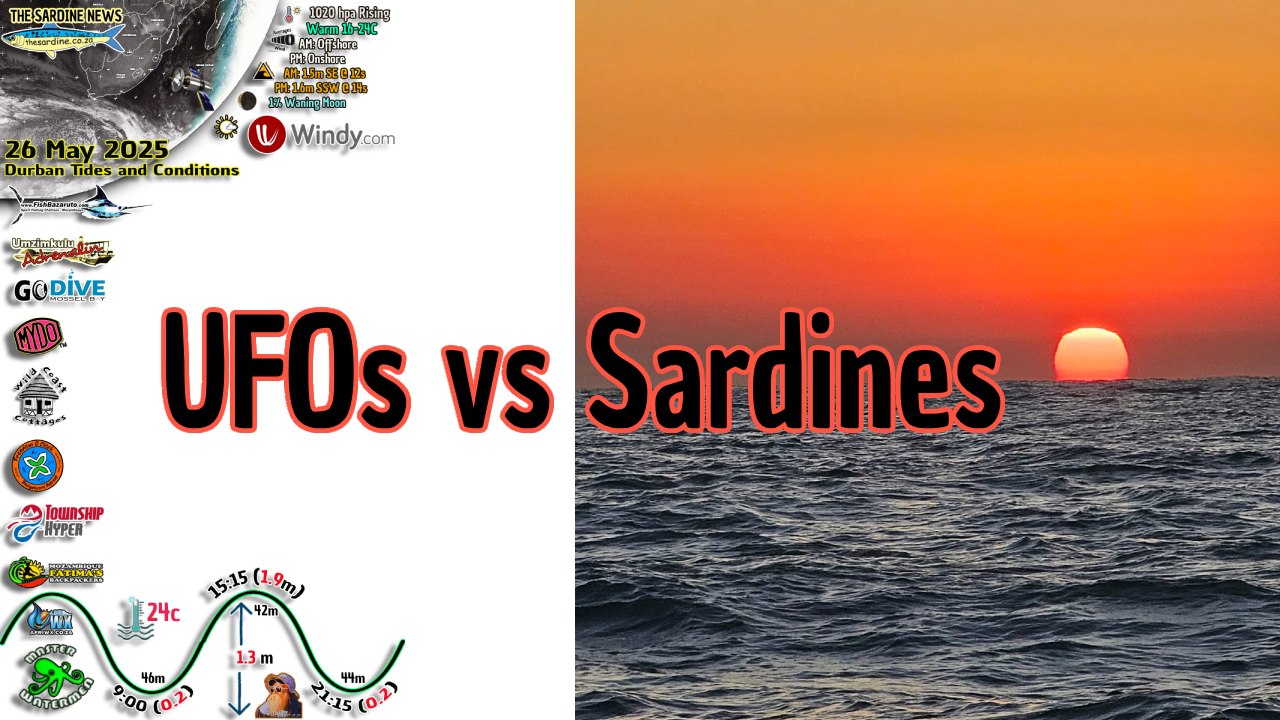Coffee Bay Conditions by WildView 5.11.25
Coffee Bay Conditions by WildView 5.11.25 Coffee Bay Conditions by WildView 5.11.25: Steve at WildView Cottages in Coffee Bay has his finger right on the pulse of the great Indian Ocean out front of their place. good morning everyone Steve here from Wild View Cottages in Coffee Bay just a quick update uh we got … Read more





